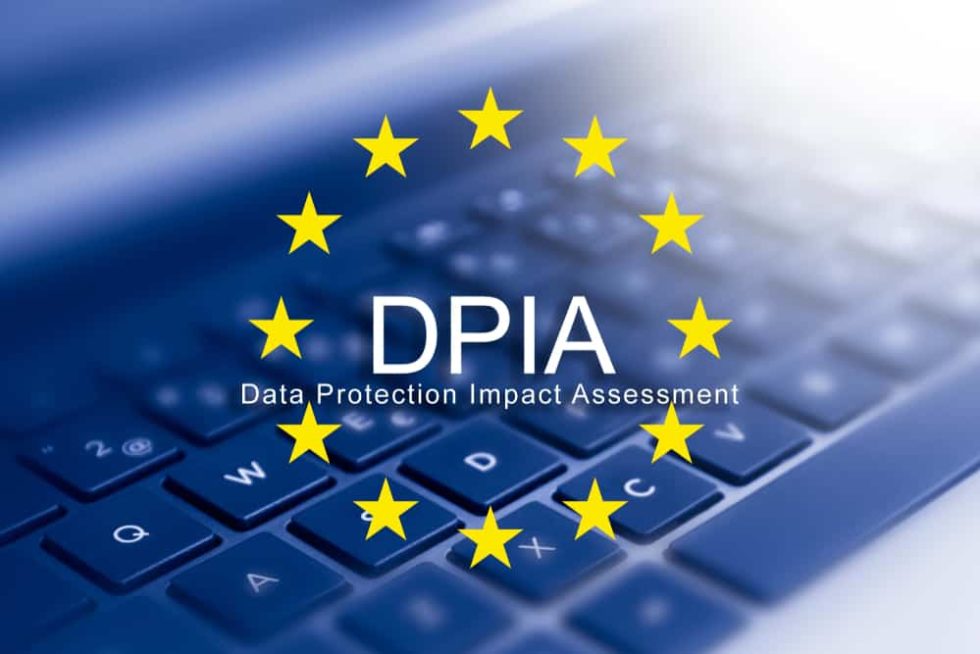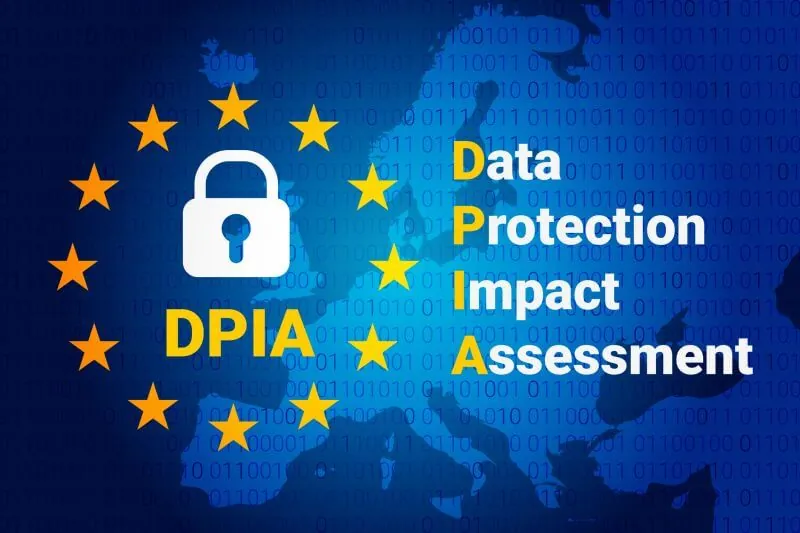Introduction to Data Protection Impact Assessments (DPIAs)
A Data Protection Impact Assessment (DPIA) is a critical process under UK data protection laws, including the General Data Protection Regulation (GDPR), designed to identify and mitigate risks associated with data processing activities. In this expert guide, we’ll explore the concept of a Short Form DPIA and provide comprehensive guidance aligned with the laws of England and Wales.
Understanding Short Form DPIAs
Legal Framework Short Form DPIAs are a streamlined version of traditional DPIAs, intended for low-risk data processing activities. They are governed by the GDPR and other relevant data protection legislation in England and Wales.
Purpose The purpose of a Short Form DPIA is to assess the potential risks to individuals’ privacy and data protection rights in a simplified manner, focusing on key aspects of data processing activities while ensuring compliance with data protection laws.
Key Components of Short Form DPIAs
Data Processing Activities Short Form DPIAs begin by identifying the data processing activities involved, including the types of personal data collected, the purposes of processing, and any parties involved in data sharing or processing.
Risk Assessment A concise risk assessment is conducted to identify and evaluate potential risks to individuals’ privacy and data protection rights arising from the data processing activities. This assessment focuses on key risk factors, such as the nature of the data, the purposes of processing, and any potential adverse effects on individuals.
Conducting a Short Form DPIA
Documentation Organisations are required to document the Short Form DPIA process, including the findings of the risk assessment and any measures taken to mitigate identified risks. This documentation serves as evidence of compliance with data protection laws and may be subject to review by data protection authorities.
Stakeholder Involvement While Short Form DPIAs are more streamlined than traditional DPIAs, it is still essential to involve relevant stakeholders in the process. This may include data protection officers, legal advisors, IT specialists, and other individuals responsible for data processing activities within the organisation.
Implementing Measures and Mitigating Risks
Risk Mitigation Once potential risks have been identified through the Short Form DPIA process, organisations must implement appropriate measures to mitigate or eliminate these risks. This may include technical and organisational measures, such as encryption, access controls, and staff training on data protection best practices.
Monitoring and Review Regular monitoring and review of data processing activities are essential to ensure that the measures implemented to mitigate risks remain effective over time. Organisations should establish processes for ongoing monitoring, review, and updating of Short Form DPIAs as necessary.
Conclusion: Ensuring Compliance and Data Protection
Short Form DPIAs play a crucial role in ensuring compliance with data protection laws and protecting individuals’ privacy rights in England and Wales. By conducting Short Form DPIAs for low-risk data processing activities, organisations demonstrate their commitment to accountability, transparency, and ethical data handling practices.
What is a Short Form Data Protection Impact Assessment (DPIA), and when is it used?
A Short Form DPIA is a condensed version of a traditional DPIA, intended for low-risk data processing activities. It is used to assess and mitigate potential risks to individuals’ privacy and data protection rights in a simplified manner.
How does a Short Form DPIA differ from a traditional DPIA?
Short Form DPIAs focus on key aspects of data processing activities, omitting detailed assessments and documentation required for higher-risk processing. They are suitable for routine or low-risk processing activities with minimal impact on individuals’ privacy.
When should an organisation conduct a Short Form DPIA?
Organisations should conduct a Short Form DPIA when introducing new data processing activities or making changes to existing processes that pose low risks to individuals’ privacy. Examples include routine data processing tasks or processing activities with minimal impact on personal data.
Who is responsible for conducting a Short Form DPIA within an organisation?
The responsibility for conducting a Short Form DPIA typically falls on the data protection officer or designated individuals responsible for data protection compliance within the organisation. Stakeholders involved in the data processing activities may also contribute to the assessment.
What are the key components of a Short Form DPIA?
Key components include identifying data processing activities, assessing potential risks to individuals’ privacy, implementing measures to mitigate risks, and documenting the DPIA process and outcomes in a concise manner.
How long does it take to complete a Short Form DPIA?
The timeframe for completing a Short Form DPIA varies depending on the complexity of the data processing activities and the organisation’s familiarity with DPIA processes. Generally, Short Form DPIAs can be completed more quickly than traditional DPIAs due to their streamlined nature.
Is stakeholder involvement necessary for a Short Form DPIA?
While stakeholder involvement is not as extensive as in traditional DPIAs, it is still essential to engage relevant individuals responsible for data processing activities. Their input can provide valuable insights into potential risks and mitigation measures.
Can organisations use templates or tools to conduct Short Form DPIAs?
Yes, organisations can use templates or tools provided by data protection authorities or industry bodies to facilitate the Short Form DPIA process. These resources often include guidelines, checklists, and templates tailored to low-risk data processing activities.
Are there specific documentation requirements for Short Form DPIAs?
Documentation for Short Form DPIAs should be concise and focused, summarising the key findings of the risk assessment and measures taken to mitigate identified risks. While less detailed than traditional DPIAs, documentation should still demonstrate compliance with data protection laws.
How often should organisations review and update Short Form DPIAs?
Organisations should review and update Short Form DPIAs regularly, particularly when changes occur in data processing activities or when new risks are identified. Ongoing monitoring and review ensure that the DPIA remains effective and compliant with data protection laws over time.
- Press Release – Product Update Announcement - July 19, 2024
- Press Release – New Service Announcement - July 19, 2024
- Press Release – Company Contract Award - July 18, 2024










